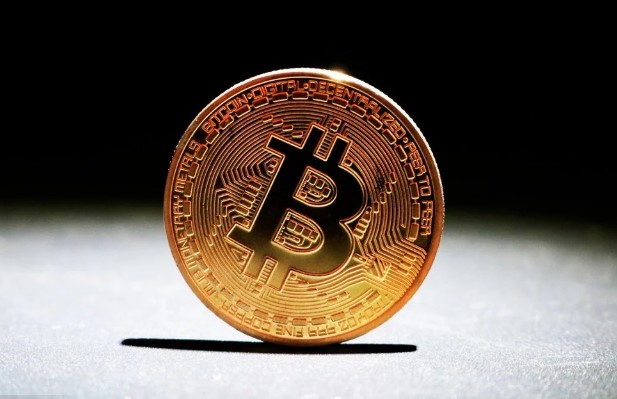With the collapse of FTX, Celsius, BlockFi, Voyager Digital, and Hodgnaut platforms, centralized custodians have become deeply suspicious, especially those who do not directly derive income from hosting services. Companies that are still operating and sti
With the collapse of FTX, Celsius, BlockFi, Voyager Digital, and Hodgnaut platforms, centralized custodians have become deeply suspicious, especially those who do not directly derive income from hosting services. Companies that are still operating and still cashing in need a way to win back trust and avoid losing a large number of users. The concept of proof of reserves has become a popular tool to achieve this goal. This article will discuss this concept.

Proof of Reserve (PoR) attempts to provide public transparency for centralized cryptocurrency reserves through verifiable audit practices. It uses encryption evidence and public wallet address ownership verification, combined with regular third-party audits, to publicly prove that a centralized platform has enough assets to match user deposits.
This encryption method allows individual users to verify whether their account balance is included in the certificate. Although, the solution combines elements of blockchain technology; However, it still needs to trust third-party auditors and accounting practices to evaluate any assets outside the chain.
Custody exchanges provide an important market function, which is to provide access for institutions and retail investors who are unwilling or unable to take necessary measures to self trust their assets. Although it is clear that the reserves prove that they cannot provide the same transparency as the platform that is not hosted and headquartered in the blockchain, their advocates believe that increasing transparency is better than nothing.
When combined with public and legally binding liability disclosure, users can view the reserve certificate to verify whether the custodian has enough assets on the chain to support third-party deposit audit. Customers can also easily find out whether assets are being rehypothecated, whether they are not supported by a fixed basket of assets, or whether they are used in other high-risk activities that may endanger their availability.
Proof of reserve will give users a false sense of security. The audit provides an overview of the assets held at the relevant address of the platform, without disclosing the company's responsibilities or obligations to customers. Therefore, a platform can use its own reserves to prove that it looks like a self regulated and transparent participant without disclosing its real solvency risk. Ideally, the custodian should provide the proof of liabilities and the proof of reserves at the same time. In this way, users can confirm the company's solvency.
In the aftermath of the FTX incident, many encryption platforms, such as Crypto.com, announced that they would release reserve proof audit solutions in the future. Meanwhile, Crypto.com is in Nansen The balance of the wallet is published on the dashboard of io. This disclosure is part of this equation, but does not represent the anonymous balance of users on their platform.
Gate. Other platforms such as io do have PoR authentication processes to verify another part of this equation. Armanino, its auditor, regularly takes snapshots of anonymous user balances and the ownership of funds confirmed by the exchange. The key element of this process is the initial snapshot. If an entity temporarily borrows funds for a snapshot, they can make it appear solvent, but in fact they do not fully cover the necessary means for potential withdrawals.
Secondly, the address containing the platform reserve is not always publicly disclosed. Therefore, after the audit, it is impossible to verify whether the funds still exist. Even in Nansan The exchange address is published on io, and it cannot be verified whether these specific addresses are used to verify account ownership in audit. Since these snapshots only include user liabilities at a specific time, published addresses cannot be used to verify solvency in real time. Users need to trust the auditor's certification of the asset in question.
In its decision to disclose its wallet address, Crypto.com disclosed that it sent 320000 ETHs to Gate.io on October 21, 2022. Crypto.com and Gate Io announced that the transaction was an error and the funds were later returned. Many people speculate that these funds will be used to supplement the Gate The exchange, however, revealed this idea by asserting that their latest snapshot was completed on October 19, 2022, two days before the wrong transfer.
If the platform can provide real-time proof of account balance, verifiable wallet address and legally binding liability disclosure, many concerns about cross platform collusion can be alleviated.
summary
The above is a brief description of proof of reserve (por). Where exchanges and stable currency issuers must regularly prove their reserves, users will use products that provide the highest level of capital security. In the long run, a more secure ecosystem will attract more investors and provide a springboard for more institutional capital to flow into the crypto market.
















 Tue, 18 Apr 2023
Tue, 18 Apr 2023
